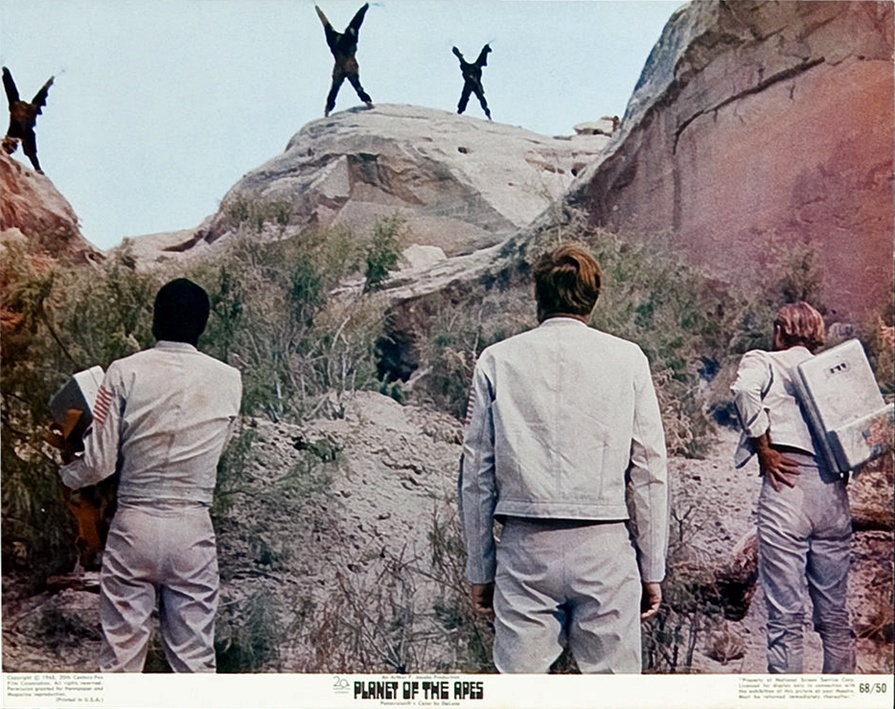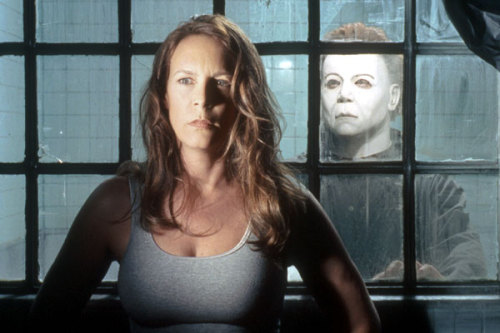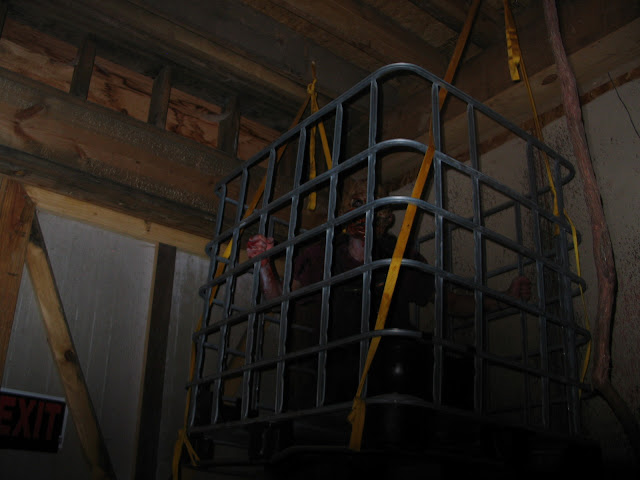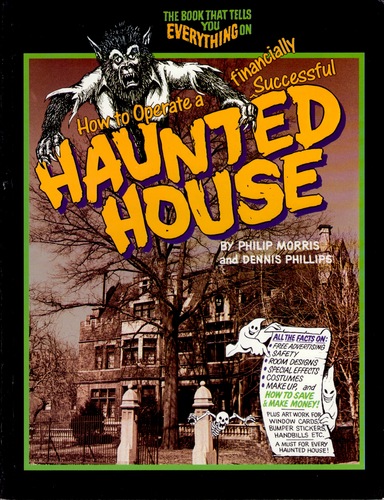Brendan over at
Untimately posed these 20 questions that are likely to affect actual play
1) Ability scores generation method?
4d6. Reroll 1's. Discard lowest number (lowest possible score is a 6). I rely on ability scores a lot, and decent scores can be more important than level. They certainly even the playing field at lower levels, making characters much less squishy.
2) How are death and dying handled?
Unconscious or disabled at zero. Dead or dismembered at neg constitution. I use a hit location chart, so a hit to your right forearm that brings you below 0 either breaks your arm (crushing), or severs a muscle or such. The same location hit bringing you below neg con maims the arm (crushes bone, destroys muscle) or severs it. This does not so much "add critical hits" as increases survival. My characters are hard to kill.
3) What about raising the dead?
One of the reasons for making characters so hard to kill is I don't like raise dead. I can justify magically restoring a limb moreso than bringing the dead back to life. There are some magical wells here and there with such power, but for the most part bringing the dead back to life is something that will more closely resemble a horror story. The movie
Wakewood had a good take on this, and is probably the closest to anything I've seen about how I envision bringing the dead back, and the results.
4) How are replacement PCs handled?
Start at 1st level or lowest PC level in campaign. Player's choice.
5) Initiative: individual, group, or something else?
Group, each round. Keeps things lively, without being a burden.
6) Are there critical hits and fumbles? How do they work?
No. There are location hits, which can be critical if they drop you below zero.
However, everyone is capable of a double damage backstab, if they can arrange it. That is, all the conditions must be met... surprise, placement. It isn't easy for non-thieves. Ambush is the most likely opportunity, but missile weapons can achieve it also. In my games, it is very important to take out sentries and such. But it involves planning, rather than rolling a 19 or 20.
7) Do I get any benefits for wearing a helmet?
Lets say you get penalties for not. Since I use a hit location table, a hit to an unarmored head is quite likely to knock you out. It will almost definitely stun you.
8) Can I hurt my friends if I fire into melee or do something similarly silly?
Certainly. -4 to hit. If you miss your target, 10% chance it hits another combatant. Roll randomly for friend and foe.
9) Will we need to run from some encounters, or will we be able to kill everything?
Balanced encounters? What's that?
10) Level-draining monsters: yes or no?
You'll know if and when it happens. Don't discount it.
11) Are there going to be cases where a failed save results in PC death?
Certainly. But most will have to do with how much/little damage you take. But yes... there are death poisons and magic. Most work gradually... allowing a window for rescue. (See hating "raise dead" above)
12) How strictly are encumbrance & resources tracked?
Very. They affect your armor class. Down to the gold piece.
13) What's required when my PC gains a level? Training? Do I get new spells automatically? Can it happen in the middle of an adventure, or do I have to wait for down time?
I don't like mid-adventure leveling. I also don't like having to travel back to "civilization" for leveling. A week of rest, with some sparring with your companions, will tend to do.
All magic user spells other than starting spells must be found. Clerics gain access to spells automatically.
14) What do I get experience for?
Monsters per AD&D, more or less (I don't figure them to the hit point). Roleplaying, completing objectives, innovation. Things you think you should get experience for. I'm easily swayed. I don't like giving it for gold. I see gold as a commodity, and don't want to be limited to how much I make available.
15) How are traps (and secret doors) located? Description, dice rolling, or some combination?
Combination. There are passive rolls, but there is also an exploration component. The more you do, the better your chance.
16) Are retainers encouraged and how does morale work?
Nah. I don't care for retainers much. But if you really want them, you can have them. If you choose a single retainer, he/she will probably be very loyal and under your total control. If you want a handful, they will be mercs, and out for themselves. Morale is a function of loyalty.
17) How do I identify magic items?
Spells will detect magic, but they won't reveal function. They might reveal elemental alignment (fire, water, etc...) or something like that. Best way is to either use it, or bring it to an expert if you can find one.
18) Can I buy magic items? Oh, come on: how about just potions?
Fetishes, potions, and charms can be purchased. Weapons and armor can not.
19) Can I create magic items? When and how?
Not generally. You can have them crafted though. Mainly fetishes, potions, and charms.
20) What about splitting the party?
I enjoy running solo adventures. Splitting the party during a session is a pain in the ass. Sometimes separate sessions are required.






































